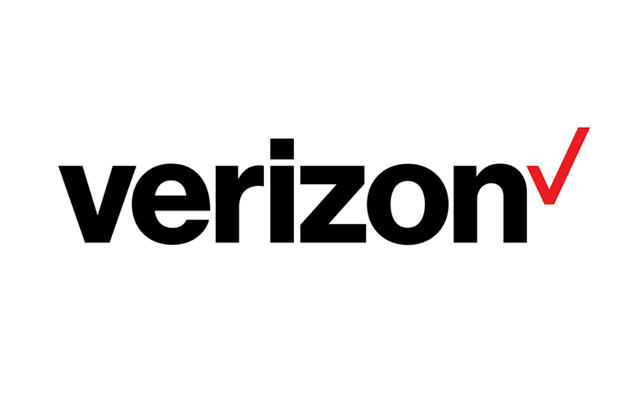Building and operating data center facilities across the world is an important part of the technology solutions Verizon offers. Because these facilities can be complex in nature, there are many questions surrounding the build of the structures. Some of the most common questions asked in the process of vetting data center facilities are outlined below and include helpful guidance associated with the purpose of each question.
-
What tier is the facility considered, in regards to the build, when compared to the Uptime Institute’s standards for data center tiers?
The Uptime Institute is an independent data-center research organization that certifies the tier or level of a data center facility according to its infrastructure. There are four different tiers, the greater the tier, the greater the availability and uptime of the facility. All of Verizon Terremark data center facilities are designed to meet or exceed Tier III standards, which means that there are several redundant components built into the infrastructure, that the redundant infrastructure capacity provides high availability and that all of the equipment is dual-powered and fully compatible with the site’s architecture.
-
When was the facility constructed?
The actual construction date of a specific data center facility can quickly offer insight into the industrial design and engineering details, since specifications have evolved over the years. However, if a facility was built 30 years ago, it does not necessarily mean that the facility does not meet current industry standards. It is very important, however, to know when the facility has been updated and commissioned to ensure that it fits today’s standards in fire-protection, power provisioning, redundant power systems, cooling and layout.
-
Is the facility owned or leased?
Many IT solutions providers own their respective facilities and yet others lease their data centers. The main difference between owning or leasing a facility is absolute control of the data center. The physical security of the building is just as important to clients as the logistical security. The use of systems and highly-trained professionals to proactively care for attacks and data breaches is absolutely critical, but if anyone can access the building and unplug a Power Distribution Unit (PDU) the data is not secure. Maintenance is also a factor, and owning the facility allows for full transparency into how well the structure is maintained.
-
What is the size of the facility?
When it comes to colocation, size matters. Verizon Terremark builds solutions from the ground-up to meet the needs of enterprises and large government agencies. Often, these types of customers want to ensure that their colocation provider has the ability to provide additional floor space – and the resources that come with it, if and when needed. If the customer’s operations grow significantly over time, the service provider needs to enable that growth. The same is also true when managing complex environments. Large organizations are likely to have complex systems brought together as a result of mergers, acquisitions and legacy systems. Smaller players in the IT infrastructure and IT solutions market are generally unable to handle the volume and complexity enterprises and governments require to sustain growth and manage complexity.
-
Are the data center floors raised or on a concrete slab?
Data center floors can be built in two ways: raised or on concrete slabs. Verizon Terremark has a dedicated team in charge of making such decisions, and determines which of the two would benefit the customer the most. Installing raised floors enable the data center facility to support higher-density environments, which translates into more power and equipment. This may reduce the amount of space a customer requires and could translate into cost-efficiencies resulting from improved management practices.
-
Is the facility carrier-neutral?
Carrier neutrality refers to the interconnection between multiple telecommunication carriers within the data center. Building and operating carrier-neutral facilities, the colocation provider allows its customers to choose from a large selection of carriers which creates advantages through competitive pricing and high quality of service.
Whether big or small, tier I or tier III, carrier-neutral or not, data centers are as complex as they are important in the world of IT. Understanding the elements that come together to build an apt environment will better inform your decision-making process when selecting a colocation and IT solutions provider.
